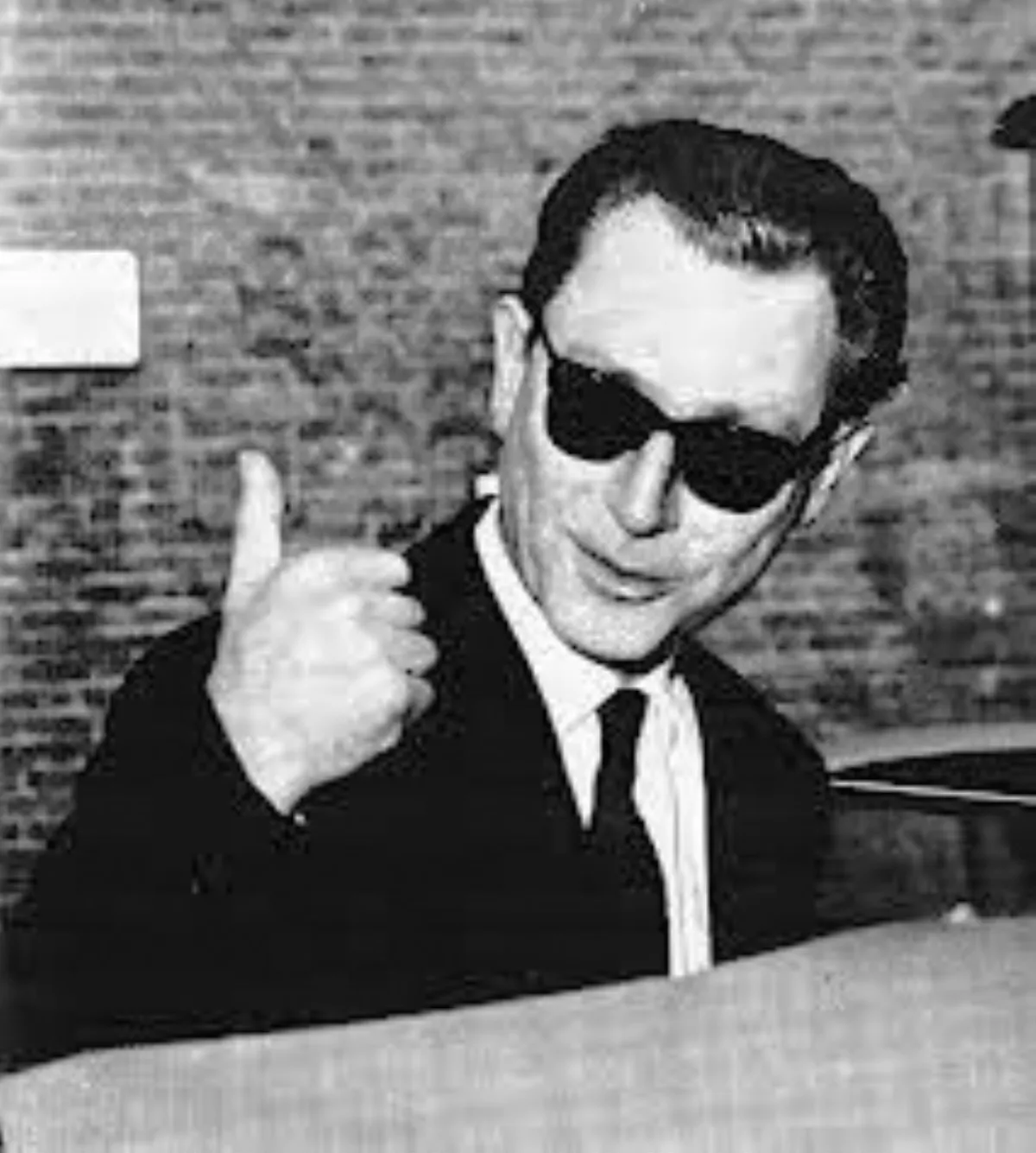 1.
1. Stephen Thomas Ward was an English osteopath and artist who was one of the central figures in the 1963 Profumo affair, a British political scandal which brought about the resignation of John Profumo, the Secretary of State for War, and contributed to the defeat of the Conservative government a year later.